Living with anxiety can be challenging. When you feel anxious, it’s easy for your mind to get caught up in stressful thoughts and sensations, making it difficult to focus on the present moment. This is where using grounding techniques during meditation can help.
Grounding helps you get out of your anxious head and reconnect with your body and environment. It gives you tools to shift your focus away from distressing thoughts and sensations and bring your awareness back to the here and now.
In this article, I’ll share how I use different grounding techniques and grounding meditation for anxiety.
Key Takeaways:
- Grounding activates your senses and connects you to the present moment to relieve anxiety
- Techniques include breath focus, body scanning, labeling thoughts, using imagery and physical objects
- Aim for daily practice, starting with just 5-10 minutes at a time
- Over time, grounding skills become more accessible when anxiety surfaces in everyday life
- Be patient – it takes consistency over 4-6 weeks for meditation to rewire your brain
- Create a soothing grounding space and have support tools available, like apps or objects
- Tailor your practice based on your energy level – do what your body needs at the moment
What is Grounding?
Grounding is a set of techniques that activate your senses to help you feel more stabilized and connected to the present. Grounding enables you to escape “fight or flight” mode by engaging your senses of sight, sound, smell, taste, and touch. This is an “anchor” to the here and now, rather than being caught up in anxious thoughts.
Some examples of simple grounding techniques include:
- 5-4-3-2-1 technique: Name 5 things you see, 4 things you feel, 3 things you hear, 2 things you smell, and 1 thing you taste
- Breath focus: Tune into the sensations of your breath
- Body scan: Bring attention to different parts of your body
Positive Psychology suggests that basic grounding techniques include intentionally choosing an object to direct your attention towards, such as a body scan, focusing on your breath, or becoming aware of external stimuli.
Using grounding meditation techniques trains your mind to focus on the present when you start to feel overwhelmed by anxiety. With practice, you can use these tools anywhere whenever you need extra support.
Tips to Start a Grounding Meditation Practice
Here are some tips as you start bringing grounding into your meditation practice:
Set up your space
Find a quiet, comfortable spot to meditate where you can easily sit or stand. Make any adjustments needed so your body feels supported. You may also want to light a candle or diffuse calming essential oils to create a soothing atmosphere.
Come into your body
Before diving into grounding techniques, tune into your body for a few minutes. You can do a quick body scan to notice any tension and take a few deep breaths. Adjust your posture if needed so you feel grounded through your seat.
Try one method at a time
Choose one grounding technique to focus on per meditation session. This could be concentrating on the breath, doing a body scan, or bringing attention to your five senses. Sticking to one approach helps train your focus.
Don’t judge your experience
Your mind may still wander, which is very typical! Gently bring your attention back to your grounding anchor without judgment. The process is what matters.
Start small
Even 5-10 minutes of daily grounding practice can help build your anxiety management skills. Over time, you can increase your session length as you feel comfortable.
TIP: Remember that grounding is a process and a practice. Don’t get discouraged if your mind still feels anxious while meditating. Over time and with consistency, these tools can help empower you.
5 Grounding Techniques to Try During Meditation
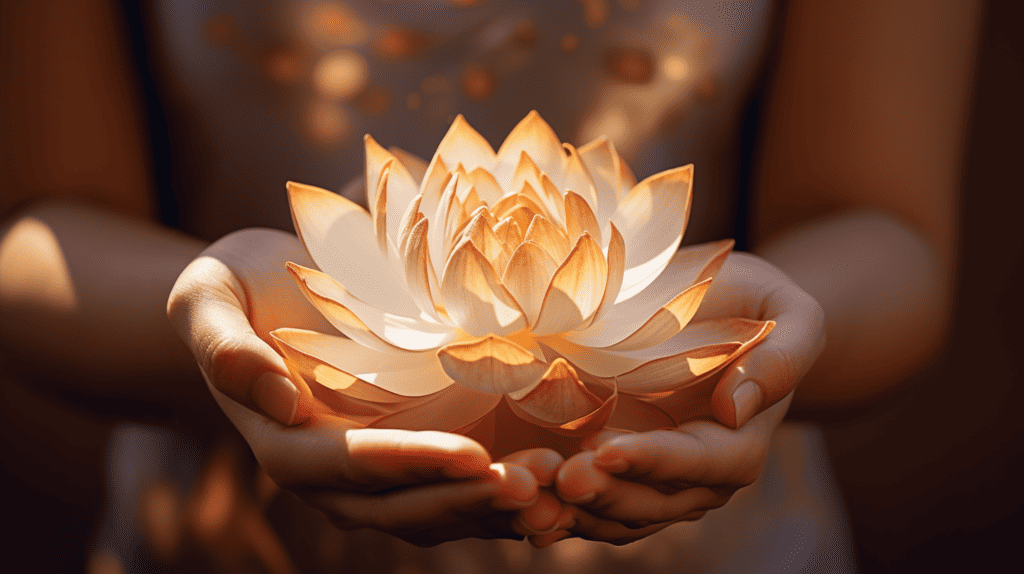
Here are some of my favorite grounding techniques to use during meditation when anxiety feels intense:
1. Breath focus
One of the simplest grounding tools is to bring your full attention to the physical sensations of breathing.
Start by closing your eyes and taking deep breaths through your nose and your mouth. Place one hand on your stomach and one on your chest. Notice the sensation of your hands rising and falling with each inhale and exhale.
Tune into how the breath moves through your body – is it slow or fast? Deep or shallow? Smooth or jagged? Don’t try to control your breathing. Observe it.
Choosing Therapy mentions that just 10 minutes of meditation a day, including activities like breath work, intentional walks, or progressive muscle relaxation, can reduce anxiety and sharpen focus.
If your mind wanders, gently bring it back to the anchoring sensation of your inhales and exhales. Even a few minutes of consciously focusing on breathing can activate a relaxation response.
TIP: Try counting your breaths up to 5 and starting at 1 again. Counting can give your mind something to anchor onto.
2. Body scan
Body scans help ground you in physical sensations to escape anxious thoughts. I like doing them seated, but you can also practice lying down.
Start by closing your eyes and taking a few deep breaths. Bring your awareness to your feet – notice any sensations like touch or temperature. Imagine sending your breath down through your feet.
Slowly move your focus up your body, pausing to tune into sensations in your legs, hips, back, arms, hands, shoulders, neck, head, and face. Scan through your whole body, head to toe.
What does each part of your body feel like in this moment? Heavy, light, tense, soft? Get curious about the physical rather than drifting into thoughts.
If your mind wanders, gently bring it back to noticing sensations in each body part. This keeps you anchored in the present.
3. 5-4-3-2-1 technique
This technique quickly and engages all your senses to ground you in the present:
- 5 things you see
- 4 things you feel
- 3 things you hear
- 2 things you smell
- 1 thing you taste
The key is calling direct attention to your senses rather than thinking about them. For example, for “5 things you see” you would list “the computer, the picture frame, the white wall, the wooden chair, the gray carpet” rather than “Looking around my office.”
Run through each of the 5 steps slowly, taking a few deep breaths between each. This exercise forces you to connect to your surroundings in detail.
TIP: Linger there longer if one sense feels more activating than others. Maybe call out 10 things you see and 5 things you hear.
4. Grounding with external objects
Having a physical touchstone object can provide comfort and help you ground when emotions feel intense. Some options could include:
- Smooth stone or crystal: Run your fingers over the surface; notice the texture, temperature, and weight.
- Soft blanket or fabric: Drape this around your shoulders and tune into the sensation.
- Essential oils: Apply calming oil (like lavender) to your wrists and inhale the scent.
- Fidget tool: Click a fidget ring or slowly manipulate a fidget cube during meditation.
Choose an object that brings you joy or comfort. Engage as many senses as you can – sight, smell, touch, sound. Get present with the object’s physical qualities.
Whenever anxiety starts to spike during your practice, return your focus to the grounding item to stabilize your emotions.
TIP: Keep grounding objects easily accessible so you can incorporate them anytime.
5. Mental noting
You can practice mindfulness by mentally labeling thoughts, emotions, or sensations that arise.
As you meditate, note to yourself whatever enters your field of awareness. For example, as you breathe: “Inhale. Exhale.” If an anxious thought arises: “Thinking. Anxiety.”
Try tying mental notes to physical sensations, like “Tightness. Tension.” This keeps you connected to your body.
The key is to observe without judgment – avoid labeling thoughts or emotions as “good” or “bad”. Name them and let them pass.
This builds present-moment awareness and can help calm anxiety. Returning to your breath, use mental noting to stay grounded when distressing thoughts try to take over.
How Long to Practice Grounding Meditation for Anxiety
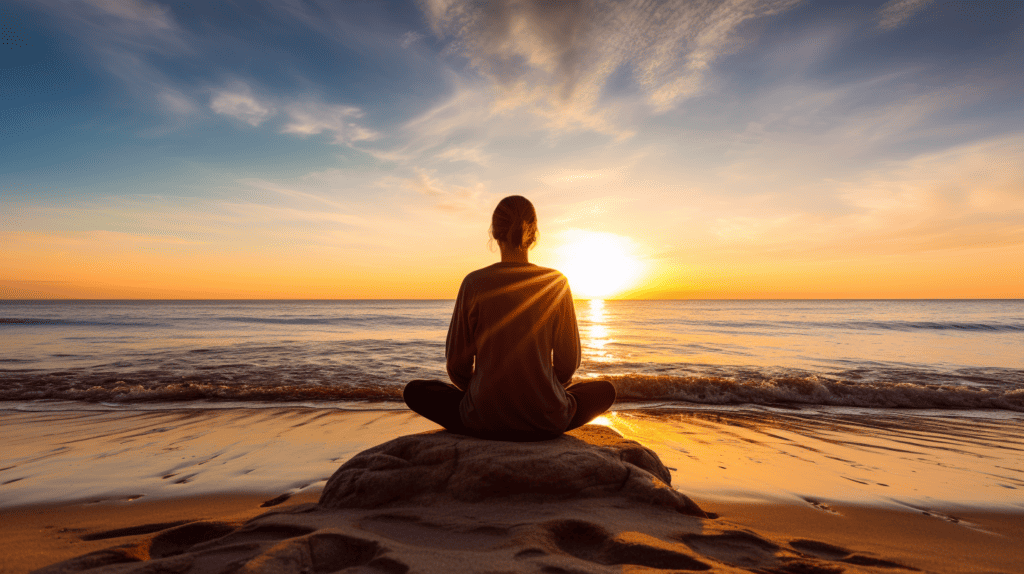
Starting a daily grounding meditation routine takes patience and consistency over time to see the full anxiety-relieving benefits. Here are some best practices:
- Start small: 5-10 minutes per day is enough when beginning. This could be 1 more extended session or multiple mini-sessions.
- Gradually increase: Add 1-2 minutes each week until you build up to 20-30 minute sessions.
- Be consistent: Aim for daily practice, even if some days are shorter than others.
- Don’t give up: It takes 4-6 weeks for meditation to rewire your brain for improved focus and emotional regulation.
- Track changes: Journal regularly on the physical, mental, and emotional effects you notice. This can help you stay motivated.
- Talk to an expert: Ask your doctor or therapist for guidance to enhance your grounding practice.
While 10 minutes of grounding meditation daily may offer relief, longer-term change requires persistence. That said, every session helps you build the skills to handle anxiety-provoking situations better.
TIP: Any amount of grounding practice can help at the moment when you feel overwhelmed by anxiety. Don’t underestimate the power of quick 1-2 minute grounding sessions as needed!
Apps, Meditations, and Other Resources
Here are some helpful resources to support a grounding meditation practice for anxiety:
- Apps: Calm, MindShift CBT, Rootd, Breathwrk
- Meditations: UCLA Mindful Awareness Research Center, Tara Brach, Headspace
- Books: A Liberated Mind by Steven C. Hayes, The Healing Power of the Breath by Dr. Richard Brown, The Mindfulness and Acceptance Workbook for Anxiety by John Forsyth and Georg Eifert
- Online courses: Palouse Mindfulness, The Mindfulness Meditation Teacher Certification Program by Jack Kornfield
- Podcasts: Mindful Mindset with Rima Parikh, Meditative Story with Yung Pueblo
- Therapists: Review listings at Psychology Today and other therapist directories; ask potential therapists about their grounding training
Experiment with different resources to find the right fit for you. Having support and guidance on your journey with grounding meditation can make a profound difference.
TIP: Look for grounding meditations for anxiety management rather than general mindfulness meditations.
Common Questions about Grounding Meditation for Anxiety
Here are some common questions about practicing grounding techniques during meditation when dealing with anxiety:
How can I stay focused during meditation when I feel anxious?
- Anchor on your senses – Tuning into body sensations, your breath, sights, and sounds can help stabilize your focus when anxious thoughts intrude.
- Start shorter – If your mind is racing, sit for just 5-15 minutes to start until you build concentration. You can also try moving meditations.
- Be patient – Your focus will wander, and that’s okay! Gently return your attention to the present moment rather than judging yourself.
- Use a focal point – Having a physical object like a candle or a visual like an image or word to focus on can help train concentration amid anxiety.
What objects or physical sensations can I focus on to ground myself when meditating with anxiety?
- Breath – Notice the physical sensations of your inhales and exhales.
- Hands – Cup your hands together and tune into sensations like warmth and touch.
- Feet – Press your feet into the floor and focus on where they make contact.
- Legs – Pay attention to your legs against the floor or cushion.
- Jewelry or clothing – Notice the texture, weight, or temperature.
- Drinking tea – Tune into the warmth, aroma, and taste.
How long should I practice grounding meditation techniques before expecting to see benefits for anxiety?
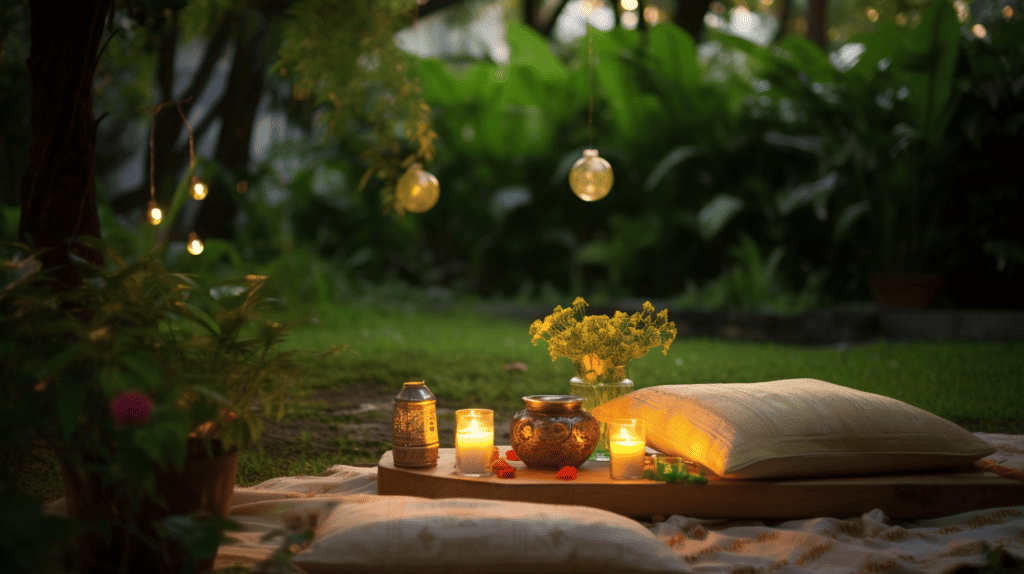
- Try grounding meditation for at least 4-6 weeks to start experiencing its calming benefits.
- With daily practice, you may notice initial positive effects after two weeks, but longer-term change takes longer.
- The more frequently you meditate using grounding techniques, the quicker results you will likely see.
- Over time, grounding becomes more accessible on and off the cushion, allowing you to manage anxiety better. Be patient with yourself!
- TIP: Even one session can help if you are feeling acutely anxious. But it would help if you had a consistent practice for ongoing relief.
Are there any meditations specifically designed to help with grounding for anxiety?
Yes, many apps, websites, books, and mental health professionals offer guided grounding meditations tailored for anxiety:
- UCLA Mindful Awareness Research Center – Grounding Meditations
- Headspace – Grounding Anxiety meditation
- Insight Timer – Grounding Anxiety by Laura Aiken
- Calm – Grounding Anxiety meditation
- Many therapists also offer customized grounding practices. Search online for ones who specialize in anxiety and meditation.
What should I do if I find my mind wandering during a grounding meditation for anxiety?
- Getting distracted is entirely normal, especially when you feel anxious! The following can help:
- Note “wandering” and gently bring your attention to your grounding anchor, like breathing or sensing your feet on the floor.
- Try a body scan if your mind wanders to ground yourself in physical sensations systematically.
- If you keep getting distracted by thoughts, write them down afterward so they don’t occupy your mindspace during meditation.
- Accept that your focus will waver – don’t judge yourself. Stay calm and keep returning to the present.
- TIP: Counting breaths can help anchor your attention when it drifts. Return to 1 each time your mind wanders.
Incorporating Grounding into Your Daily Life
Regular practice allows you to access grounding meditation techniques throughout your day to navigate stressful situations. Here are some ways to incorporate these tools into your daily life:
How can grounding meditation help me manage anxiety symptoms throughout the day?
Grounding skills learned during meditation can help at the moment when you start to feel anxious any time or place:
- Do a quick body scan while standing in line or stopping in traffic.
- Find a quiet spot and breath focus for 60 seconds during a stressful meeting or interaction.
- Use the 5-4-3-2-1 technique when anxiety surfaces to look for tangible things to get present.
- Repeat a grounding mantra like “I am OK in this moment.”
Regular meditation trains your mind to access these tools even when not seated on a cushion.
Are there any apps or audio guides for grounding meditations to relieve anxiety?

Apps like Calm, Headspace, Insight Timer, and Buddhify have short grounding meditations you can listen to on the go when needed:
- Try the “Calm Anxiety” or “Anxiety Soother” meditations on Insight Timer
- Listen to “Grounding into the Present Moment” on Buddhify while waiting in line
- Search for a grounding practice on Headspace to do before a stressful event
Load grounding meditations onto your phone or device and use them for a mental reset anytime. Wear headphones in public if needed.
What is the best posture or position for grounding meditation when dealing with anxiety?
Tuning into your body helps ground you in the present. Sitting upright with your feet on the floor or standing with knees slightly bent are helpful positions.
- Seated: Sit upright but relaxed with your feet flat and your hands in a comfortable mudra or resting on your thighs. You want to feel stable yet flexible. Use cushions as needed for support.
- Standing: Keep your knees slightly bent with feet hip-width apart and arms at your sides. Wear comfortable shoes and keep your muscles relaxed.
- Walking: Stroll gently with your hands clasped behind your back. Tune into the sensations in your feet and legs.
- Position: Avoid lying down, as this can make you sleepy. Experiment to find what feels most activating and grounding.
How frequently should I practice grounding meditation to reduce daily anxiety?
Experts recommend:
- Daily practice for at least 10-20 minutes to see ongoing anxiety relief.
- Mini sessions (5 mins) during highly anxious moments for acute relief.
- Consistent practice over time – like exercise for your mind. The more you practice, the more natural grounding will become.
- Sessions when you first wake up to set the tone for your day.
- TIP: Any grounding practice is helpful. But aim for once or twice daily for lasting effects on anxiety levels.
Are there any mantras or affirmations I can repeat to myself during grounding meditation for anxiety?
Mantras and affirmations engage your thinking mind to stay present instead of wandering. You can try silently repeating:
- “I am grounded.”
- “I am calm” or “I breathe in calm.”
- “I am centered.”
- “All is well.”
- “I am safe.”
Choose words that feel comforting. Repeat synchronously with your breath or heartbeat for extra grounding.
TIP: Create your positive phrases that resonate – no need to follow any “script”.
Should I keep my eyes open or closed during a grounding meditation for anxiety relief?
This depends on what is most activating for your senses:
- Closed can help minimize external distractions so you can tune into your inner experience.
- Open allows you to take in and focus on your surroundings – noticing sights, sounds, and smells.
If keeping your eyes open boosts engagement with your environment, do that. If closed helps concentration, then close them. You may find that varies day to day. Follow what your body needs.
TIP: If open eyes make you overstimulated,
Additional Grounding Techniques
In addition to the foundational grounding practices discussed earlier, here are some more techniques you can try during meditation for anxiety relief:
Soothing imagery
Imagining a peaceful, comforting scene can help transport you out of anxiety and into the present moment. You can try visualizing:
- Walking along the beach, feeling the sand under your feet
- Sitting by a serene lake or stream, taking in the sounds of water
- Exploring a lush, green forest, noticing the trees and plants
- Curling up in a cozy blanket next to a fireplace
Try to engage your senses and vividly imagine the setting. Make it somewhere you feel safe and grounded. Let any anxiety thoughts drift away as you focus on the image.
Labeled breathing
Add mental noting to your breath focus for extra grounding. As you inhale and exhale, label each part of the breath cycle:
- “Inhaling”…”Pause”…”Exhaling”…”Pause”
Keeping your mind engaged in the practice rather than drifting into anxious thoughts.
You can also note physical sensations on each inhale and exhale, like “Cooling” and “Warming” or “Rising” and “Falling.”
Stay present by tying the labels directly to your breath.
TIP: Make the labels positive words like “Calm,” “Ease,” “Safe,” and “Grounded.” This reinforces a sense of security.
Walking meditation
If sitting still is challenging, try a grounding meditation in motion:
- Find a quiet space to walk back and forth uninterrupted, inside or outdoors.
- Stand upright, feet hip-width apart. Take a few deep breaths.
- Slowly begin walking at a calm, even pace. Count steps up to 10, then start back at 1.
- Focus on the sensations in your feet and legs as you walk – the contact with the ground, shifting of weight, calf muscles flexing.
- When you notice anxiety thoughts, gently return your attention to counting steps and feeling the physicality of walking.
The movement and rhythm can help ground you when seated meditation feels too static.
TIP: Keep your gaze lowered to a few feet in front of you rather than looking around. This fosters inward calm.
Supportive objects
Having a physical anchor during meditation provides comfort and keeps you present. You can try incorporating:
- Holding a smooth worry stone or crystal
- Wrapping yourself in a soft blanket or shawl
- Diffusing calming essential oils like lavender or frankincense
- Lighting a candle and staring at the flickering flame
- Drinking soothing herbal tea
Let the item soothe your senses. Return your focus to the object when anxious thoughts intrude. The tactile act calms nerves.
TIP: A “grounding kit” with items like soft objects, essential oils, and stones, provides tangible support whenever you need it.
Creating a Grounding Space
Setting up a dedicated space for your grounding meditation practice strengthens the anxiety-relieving effects:
Make it comfortable: Include cushions, blankets, and a supportive chair or stool. Be mindful of lighting temperature. Have water handy.
Minimize distractions: Turn off devices to reduce clutter and noise. Cover or dim any blinking lights and screens.
Enhance ambiance: Play nature sounds, diffuse calming scents, and use soft lighting plants. Display grounding objects like stones.
Only use your space for practice: Don’t associate it with other activities, like work. Keep it simple.
When you sit down in your grounding space, your brain and body will start to orient toward the present moment. Use it daily!
TIP: Create a portable kit you can easily set up on the go – mini speakers, battery candles, pillow.
Troubleshooting Challenges
You may encounter some common challenges as you begin a grounding practice for anxiety:
Can’t stay focused: Start with shorter sessions (5-15 min), choose one technique vs. many, and repeat mental cues (like “grounded, calm”). Over time, concentration builds.
The mind wanders constantly: Note wandering thoughts, accept they’ll come, then redirect attention. Body scans can help systematically re-ground.
Worried about “doing it right”: Remember, there’s no one right way! You’re doing it right as long as you keep bringing your focus back to the present without judgment.
Hard-to-feel sensations: Anxiety can create numbness. Take time to tune in without expectation, and move your attention slowly through the body. Sensations may be subtle.
Feel more agitated: Try slower breathing, change your posture, hold a grounding object, and place a hand on your heart. Meet any emotions with compassion.
Conclusion on Grounding Meditation for Anxiety
Incorporating grounding techniques into meditation can help relieve anxiety, calm your mind, and strengthen your focus. By tuning into your body and environment through your senses, you anchor yourself in the moment when anxiety strikes. Over time, you build skills to better manage stressful situations on and off your meditation cushion.
Be patient with the process. Even starting with just 5-10 minutes per day can create positive shifts in your nervous system over time as you “train your brain” for steadiness. Experiment with different techniques to find what resonates best. You may need to adjust your practice day-to-day based on your energy levels.
Grounding is one of the most effective tools I’ve found to manage anxiety through meditation. The more I practice it, the more natural it becomes to access that centered, grounded state at any time, especially when I feel anxious. Give it a try and see how grounding can help you find calm and stability even amidst the storms of anxiety.
FAQ on Grounding Meditation and Reducing Anxiety
Q: What is a guided meditation, and how can it calm anxiety?
A: Guided meditation is a form of stress relief conducive to relaxing the body and reducing stress and anxiety. Trainers or apps guide you through meditation, helping you to cultivate stillness and peace. It can especially be helpful for calming anxiety as it helps you to focus your mind and take control of your racing thoughts that are causing symptoms of anxiety.
Q: What is grounding practice in the context of anxiety?
A: Grounding practice refers to techniques to bring your focus back to the present moment. In the context of anxiety, it involves strategies, like the grounding exercise, that help manage and soothe anxiety by redirecting your attention away from the anxiety-producing thoughts to the physical world around you.
Q: What are some of the mental grounding techniques for managing stress and anxiety?
A: There are several mental grounding techniques that can help to divert one’s attention away from distressing feelings. These include simple grounding exercises like naming five things you can see, four things you can touch, three things you can hear, two things you can smell, and one thing you can taste. This practice, sometimes known as the 5-4-3-2-1 grounding technique, is especially helpful for managing symptoms of anxiety.
Q: Can you provide an example of a grounding exercise for anxiety?
A: Sure, a simple grounding exercise is the one breath technique. To do this, you take a deep breath, note the sensation of the air entering and leaving your body, and repeat this for a few minutes until your mind becomes aware only of your breathing, this can help to divert your attention away from anxiety and stress.
Q: How do grounding techniques for anxiety work?
A: Grounding techniques work by helping you focus on the present rather than worrying about past events or anticipating future problems. They cultivate awareness of your current existence and create a sense of calm. By focusing on your senses (what things you can see, smell, taste, touch, and hear), you can shift your focus away from harmful or anxiety-provoking thoughts.
Q: Can I use these grounding techniques to replace my current anxiety therapy?
A: It’s important to note that while these techniques can help manage stress and anxiety, they aren’t meant to replace professional treatment or therapy if you’re struggling with anxiety disorders. They should be seen as an additional tool, not a replacement for professional help. Always consult with a healthcare provider for appropriate treatment.
Q: Are these grounding practices guaranteed to work for everyone struggling with anxiety?
A: Although grounding techniques are effective in managing stress and anxiety for many people, they cannot guarantee a complete solution for everyone. Each person’s experience with anxiety is different, and what works for one person may not work for another. Trying other techniques to find what works best for you is crucial.
Q: Where can I do these grounding techniques?
A: The beauty of grounding techniques is their versatility. You can use these techniques wherever you are, whether at home, at work, in public transportation, or a social setting. Any time you’re experiencing symptoms of anxiety, you can practice these techniques to help you manage.
Q: Why is it important to name things you can sense in a grounding practice for calming anxiety?
A: Calling attention to things you can see, touch, hear, smell, and taste helps you ground yourself in the reality of your surroundings. By being aware of and naming these phenomena, it allows your brain to focus on the present moment rather than getting lost in the anxious thoughts.
Q: Can you provide some additional tips on how to more effectively perform the grounding techniques for anxiety?
A: It’s always important to remember to take your time with each technique. Could you not rush through it? The goal is to bring your attention away from your thoughts and back to your current environment, instead focusing on the experience of sensing. It can also be beneficial to practice these techniques even when you’re not anxious, as it can make them more effective when you experience a stressful situation.

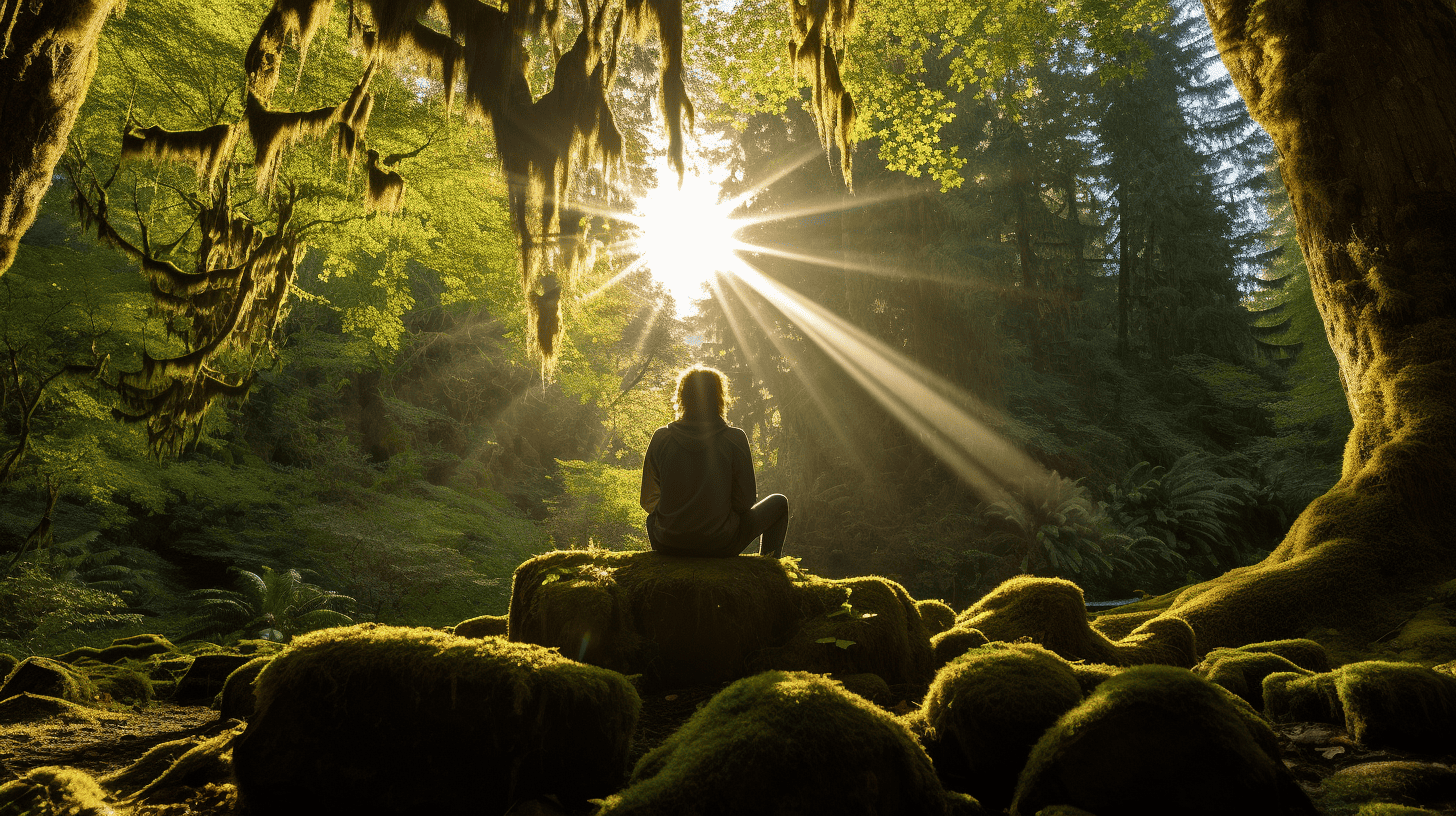


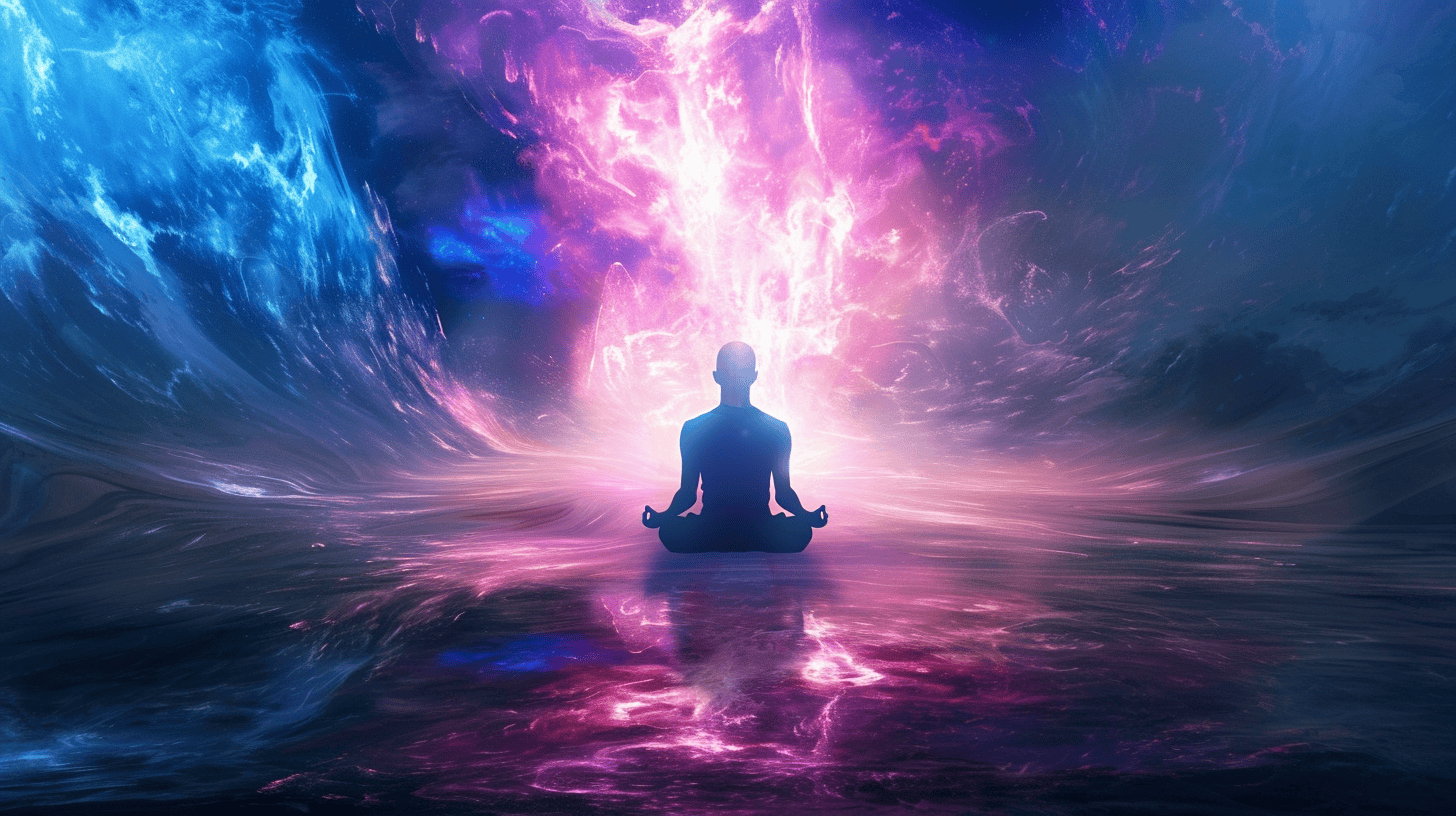
Leave a Reply